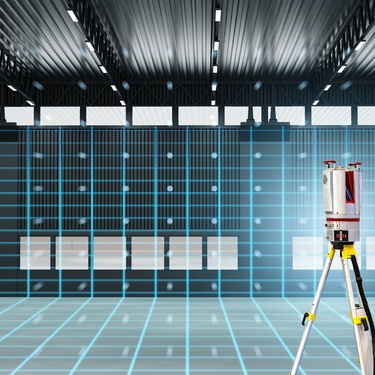
Creating a comfortable environment in patient rooms is a fundamental aspect of providing exceptional health care. A patient’s physical and emotional state can significantly impact their recovery process, and the atmosphere of their room can play a subtle yet crucial role in influencing that. By prioritizing comfort, hospitals can improve patient satisfaction and even facilitate faster recoveries. Here are four ways hospitals can make patient rooms more comfortable.
Utilizing Ambient Lighting
Lighting can shape how patients perceive their surroundings. The harsh fluorescent lighting often found in hospitals can feel clinical and uninviting. Transitioning to adjustable ambient lighting allows patients to control their room’s brightness to suit their preferences—whether they need softer light for relaxation or brighter light for activities like reading. Dimmable lights and the option to mimic natural daylight are examples of thoughtful lighting solutions that can help patients feel more at ease. The right lighting can also contribute to better sleep, which is essential for recovery.
Incorporating Technology
Technological advancements have made it easier for hospitals to enhance the patient experience. Smart TVs, tablets, or devices that enable streaming services, games, or virtual communications can provide mental stimulation and reduce feelings of isolation during lengthy hospital stays. These tools can also facilitate better communication with health-care staff by enabling patients to request assistance or access information about their care. Integrating user-friendly technology tailored to diverse patient needs improves comfort and strengthens the connection between patients and their care providers.
Enhancing the Comfort of Furniture and Bedding
Hospital furniture is central to patient comfort, yet it is frequently overlooked. Hospital beds with foam mattresses designed for maximum support and pressure relief can make a world of difference in preventing discomfort or bedsores during extended stays. Chairs that accommodate visitors should offer ergonomic support, while adjustable overbed tables can provide patients with flexibility for dining or other activities. By upgrading furniture and bedding, hospitals can improve functionality and patient experience, making recovery less stressful and more soothing.
Harnessing the Power of Art and Nature
The presence of art and nature in patient rooms can uplift emotional well-being, which is a key component of recovery. Including framed art that depicts calming landscapes or installing small green spaces with indoor plants can create a serene environment. Even a simple view of nature from a window can reduce anxiety and improve mood. Art or greenery serves as a reminder of life beyond the walls of a hospital, offering patients a sense of normalcy and peace.
With these tips for making patient rooms more comfortable, your hospital can create spaces that support physical healing and emotional well-being. Start exploring these enhancements today to ensure your patients feel cared for in every possible way.
Bio: Casey is a passionate copyeditor highly motivated to provide compelling SEO content in the digital marketing space. Her expertise includes a vast range of industries from highly technical, consumer, and lifestyle-based, with an emphasis on attention to detail and readability.



















